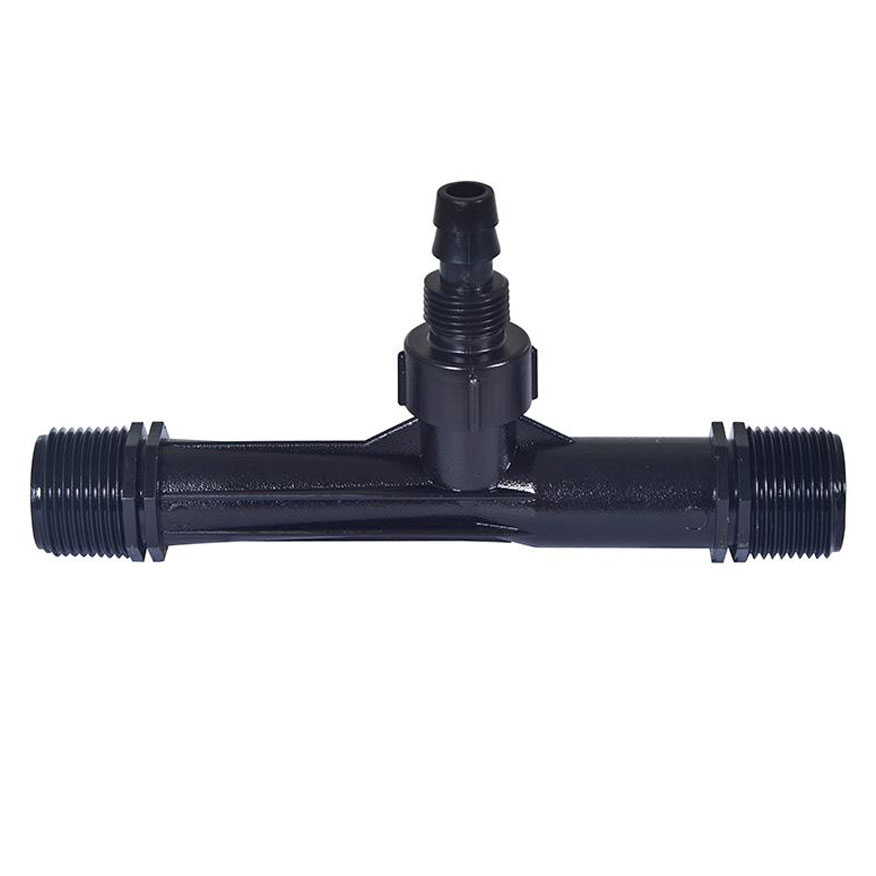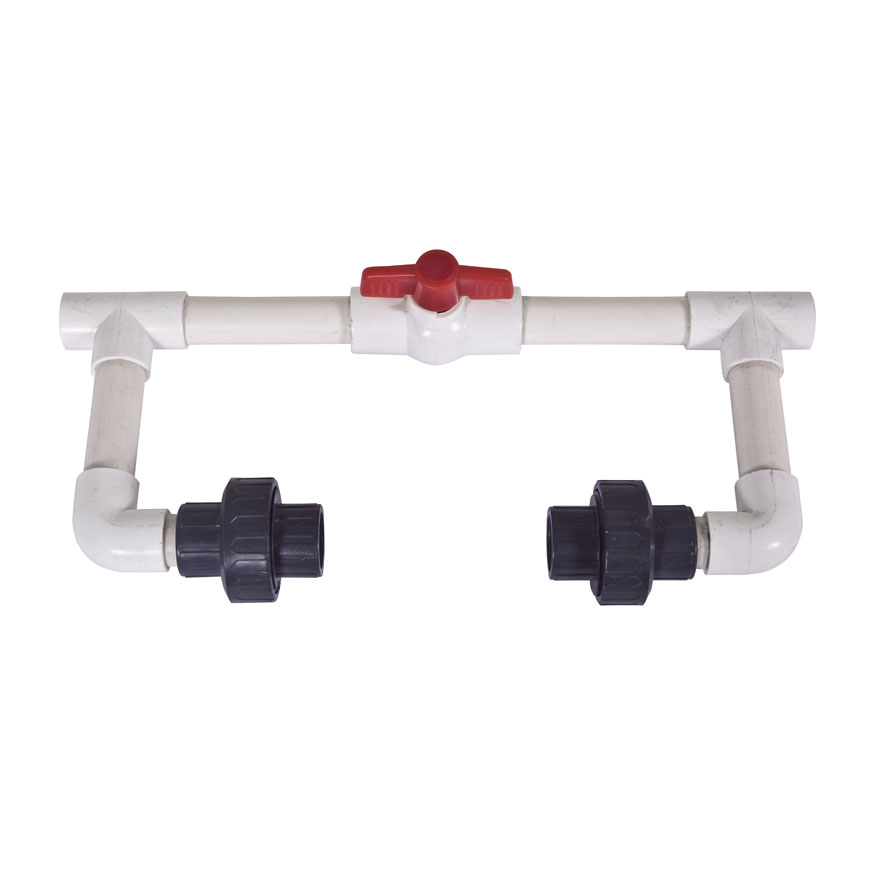As the global population rises and climate change intensifies, the agricultural sector faces mounting pressure to produce more food using fewer resources. One of the most effective innovations addressing this challenge is drip irrigation fertilizer—a system that seamlessly combines efficient irrigation with precision fertilization. This integrated approach is transforming the way farmers deliver nutrients and water, enabling higher yields, resource conservation, and sustainable farming practices.

Drip irrigation fertilizer refers to a fertigation method where water-soluble fertilizers are delivered directly to the root zone of crops through a drip irrigation system. This process is accomplished by mixing nutrients into the irrigation water and transporting them via a network of pipes, valves, filters, and emitters. The result is a controlled, gradual release of both water and fertilizer, allowing crops to absorb nutrients more effectively.
Unlike traditional fertilization methods—such as broadcasting or top dressing, which can lead to uneven nutrient distribution and runoff—drip irrigation fertilizer provides targeted, uniform application. This not only improves nutrient uptake but also significantly reduces waste and environmental impact.
A typical drip irrigation fertilizer setup includes:
Water Source and Pump: Provides pressurized flow to ensure uniform delivery.
Fertilizer Injector: Mixes water-soluble fertilizers into the irrigation water, commonly through a Venturi injector or dosing pump.
Filters: Protect the system from clogging by removing sediment or undissolved particles.
Drip Lines and Emitters: Deliver the nutrient-rich water directly to plant roots.
Control System: Allows precise timing, flow rate adjustments, and automation.
To maximize the effectiveness of drip irrigation fertilizer, it is critical to match fertilizer formulations with the crop's nutrient requirements, soil type, and growth stage. Water quality testing is also essential to prevent chemical reactions or emitter blockages.

Drip irrigation fertilizer is suitable for a wide range of crops and growing environments. In open-field cultivation, it is widely used for vegetables like tomatoes, cucumbers, and peppers. In orchards and vineyards, the system supports deep root feeding, which enhances tree growth and fruit production.
In greenhouses, drip irrigation fertilizer ensures that every plant receives the exact amount of water and nutrients it needs, supporting uniform growth and disease control. It is also a popular solution in arid and semi-arid regions, where water conservation is a top priority.
In a world where sustainable agriculture is no longer optional but essential, drip irrigation fertilizer offers a powerful, science-backed solution. It enables farmers to do more with less—maximizing crop performance while conserving critical resources. As technology advances and access becomes more widespread, drip irrigation fertilizer is poised to become the global standard for efficient, environmentally responsible farming.